Nakayama is in between Narita And Haneda International Airport
<クッキーについての同意並び欧州居住者向けプライバシーポリシー>
中山・下総・散歩道
Shinmeisha Shrine And Shimeiji Temple
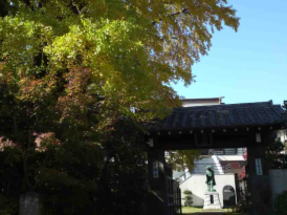
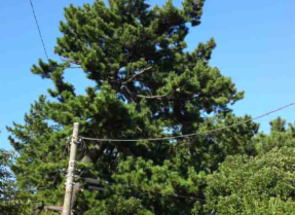
On the both north and south side of the railroad crossing at the east end of Onigoe Station, Shinmeisha Srine and Shinmeiji Temple stand there.
Shinmeisha Shrine is standing on the north for over 700 years with its long history. The small main building is surrounded by a tall camphor tree and the city symbolic tree of black pine trees preserved by Ichikawa city.
Shinmeiji Temple has a legend related to a samurai worrier in Muromachi period, Oguri Hangan, and preserves his statue of Fudo. A ginkgo tree standing south of the gate is explained that Oguri Hangan tied his horse Onikage to it.
Shinmeisha Shrine
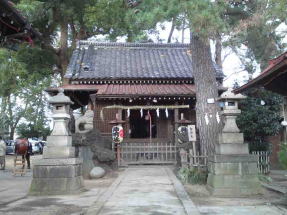
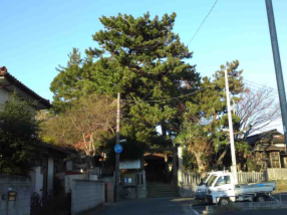
The Historical Development Of Shinmeisha Shurine
Shimeisha Shrine dedicates The Sun Goddess, Amaterasu Omikami.According to folklores, Shinmeisha Shrine has stood at Onitaka village for 700 years. The stone monument built in the shrine in 1616, and the main building was built during Meiji Era.
There are many gods dedicated in the shrine, Dosojin (a god of ears; the travelers' guardian deity), Tenjinsama (a god of study), O-Suwa (a god of business), Yoriki-Yonaoshi(Chinse; peacekeeping) and Sengenjinja Shrine (the worshipping of Mt.Fuji) were moved from many parts of Onigoe village while rezoning in Taisho Era
Shinmei Shrine preserves a big and medium portable shrines, the big one were made in the 2600 year of the Imperial reign in 1940 by Shukei Asako at Gyotoku. Mr.Asako and Katsugoro Nakamura in Onigoe had a good friendship so Mr.Asako made it twice greater than the fees having paid. The Ujiko, the supporters, of Shinmeisha Shrine were much pleased and satisfied at his work. And the medium portable shrine was made by Sokichi and Torakichi Murata of Mikoshi makers in Hiranaga-cho, Kanda in Bunkyu 2nd (1862). In Edo period, the Edo Bakufu only allowed preserving 20 mikoshis (portable shrines) in Edo, it was very special that the medium mikoshi of Shinmeisha Shrine was built and existed in the period.
Besides, the statue of the god on the festival float is the first emperor, Jinmu.
October 4th of Showa 56th (1981)
Record of Shinmeisha Shrine
All contents above are written by the president of supporters, Fujio Yamada.
神明神社案内板による
Onigoe-san Shinmeiji Temple
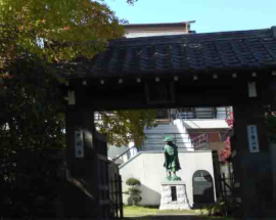
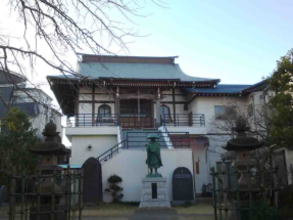
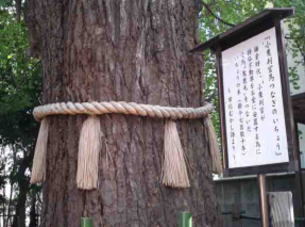
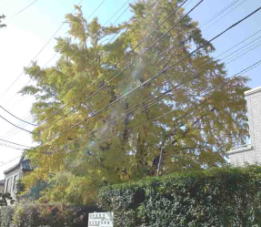
Onitakasan Shinmeiji Temple belonging to Shingon Sect Buzan-ha is standing on the east end of Keisei Onigoe station. A small statue of Kobodaishi could be impressively seen through the small gate opening to the east. There is a tall ginkgo tree introduced 'Oguri Hangan tied his horse' on the south of the gate for over 700 years. Besides behind the statue of Kobodaishi and below the main building, there is a signpost introducing as Oguri Hangan's Apotropaic And Promotable Fudo. Shinmeiji Temple is famous for the tall ginkgo tree and the story related to Oguri Hangan.
Onigoe at Ichikawa city in Chiba prefecture (around Onigoe Station) was an area called Onigoe village in Shimousa province before Meiji era. There are several stories of giving the places name Onigoe. Some says that the name of Onigoe derives from an episode related to Yoritomo Minamoto, the first Shogun built the first samurais' government called Kamakura Bakufu. In Jisho 4th (1180), Yoritomo was on the way to the provincial capital of Shimousa province, one of his following retinue created a tanka poem, 'Sayo fukaku oni no sikokusa fumi koete yukue kototou mama no urahito' (After night advancing, having stepped over the deep weed on the cliff, we asked to a man at Mama beach.), so Onigoe named after the words 'oni' and 'koe' in this poem.
In eastern side of Onigoe village, there is Kashima kaido highway (now Kioroshi kaido highway) that runs from north to south. And there is an area called Futago-cho 1 km east of Onigoe, it was was called Futago-ura (Futago Bay) in Kamakura period and also it had small port, so the area had faced to the sea at that time. According to folklore at Monjuin Temple in Futago-cho, Nichiren the Founder of Nichiren Sect used this port to go to Kamakura from Nakayama Hokekyoji Temple. And Fujiwara Kannondo Hall famous for the one of the greatest samurai worriear, Miyamoto Musashi, introduced in the novel 'Miyamoto Musashi' written by Eiji Yoshikawa is on Kioroshi kaido highway about 2 km north-east from Onigoe. In addition, Matuo Basho, the greatest haiku poet in Edo period, had passed Kioroshi kaido highway to go to Kashima Jingu Shrine from Edo (Tokyo). Before having completed construction Tonegawa Tosen (moving the Tone river to east), Tonegawa, Watarasegawa and Arakawa river had flown to the Tokyo Bay, so these 3 large rivers had carried much water and soil there, the eastern Edo (now Koto, Edogawa, Arakawa, Sumida, Katsushika and Adachi-ku) had got floods many times in those ages. Ieyasu Tokugawa planned to change the direction of flowing of Tonegawa and Watarasegawa rivers to the east to go to the Pacific Ocean at now called Choshi City in Chiba prefecture. Then the eastern areas changed from wetlands to a granary. It means that people might generally walk on Kioroshi kaido highway to go to the north from Edo, Kamakura and other southern areas in Kanto region before the completion.
Mitsushige and Sukeshige Ogri such a samurai worrier called Oguri Hangan could pass through the area around Onigoe village to go to his land in Hitachi province (now Ibaraki prefecture) from Kamakura like Yoritomo Minamoto, Musashi Miyamoto, Nichiren and Matsuo Basho. Then the story and historical sites of Ogri Hangan has remained in Onigoe.
There was a pond called Hanganike pond about 500m south from Shinmeiji Temple. And Ogurihara Elementary School exists in the 1km east from the temple, it implies that the area around the school used to be called Ogurihara.
Nobody knows whether Ogri Hangan really had come or not, the story gives us much inspiration.
Why don't you visit Shinmeiji Temple?
参考
市川市ホームページ
神明社案内板
鬼越山神明寺案内板
市川よみうり(2012年11月10日号)
市川のむかしばなし改訂新版
筑西市観光協会ホームページ
ブリタニカ国際大百科事典
大辞泉
ウィッキペディア
The Access to Shimeisha Shrine And Shinmeiji Temple
Onigoesan Shinmeiji Temple
1-11-8 Onigoe, Ichikawa-shi, Chiba-kenShinmei Jinja Shrine
1-26-18 Onigoe, Ichikawa-shi, Chiba-ken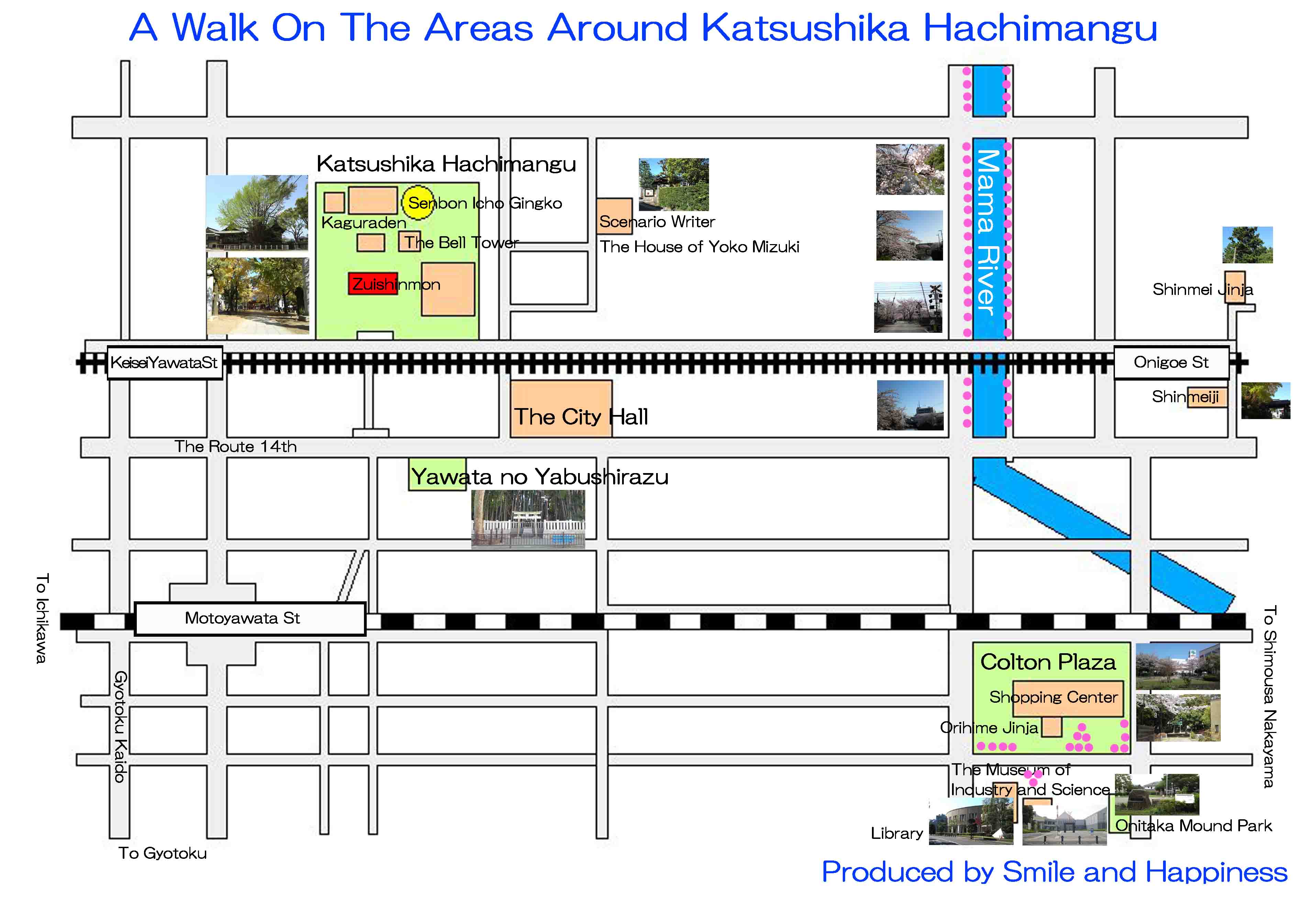
The Map to Shinmeiji and Shinmei Jinja
PDF of the Map to Shinmeiji and Shinmei Jinja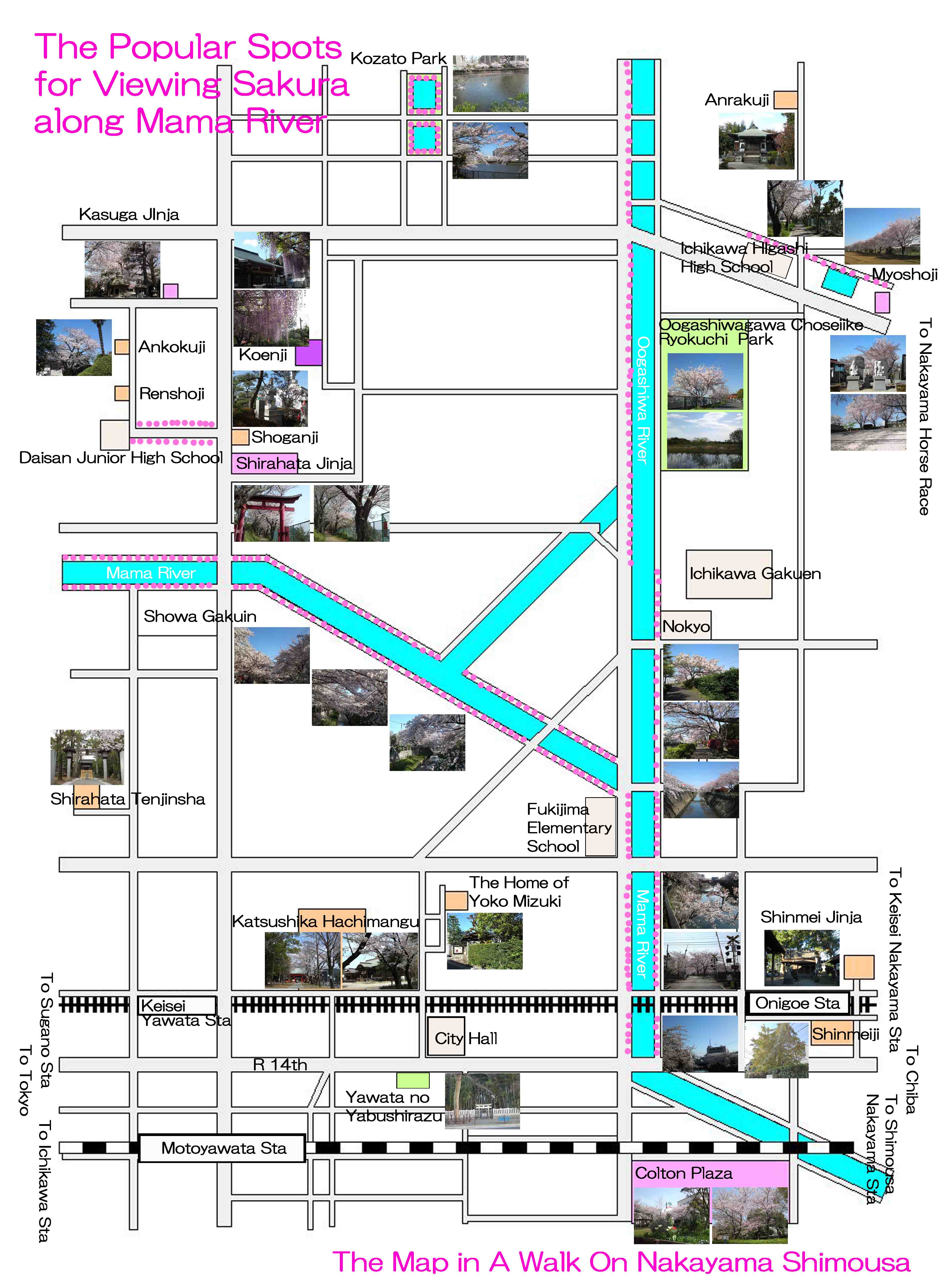
The map of the noted spots near Shinmei Jinja and Shinmeiji
PDF of the map of the noted spots along Mama River- Shinmeisha Shrine and Shinmeiji Temple have great accessibilities from both Narita and Haneda International Airport.
- From Narita International Airport, take Keisei-line and get off Keisei-Onigoe Sta, take minimally 45 minutes from Narita Airport. And also take JR Sobu-express line, transfer the line at Funabashi to Keisei-line, get off Keisei-Onigoe Sta.
- From Haneda International Airport, take Keikyu-line bound to Narita, and get off Keisei-Onigoe Sta.
- Take 2 minute walk from Keisei-Onigoe Sta.
The Huge Gingko Trees on Legends
There are some huge gingko trees having some legends and stories in Ichikawa city. The National Natural Treasure Senbon Icho (the gingko tree having thousands trunks) in Katsushika Hachimangu Shrine in Yawata, Naki Icho (The Crying Gingko Tree) in Hokekyoji Temple in Nakayama and the gingko tree where Oguri Hangan stopped his horse in Shinmeiji Temple in Onigoe. Each tree has interesting story.Why don't you visit and see those huge gingko trees?
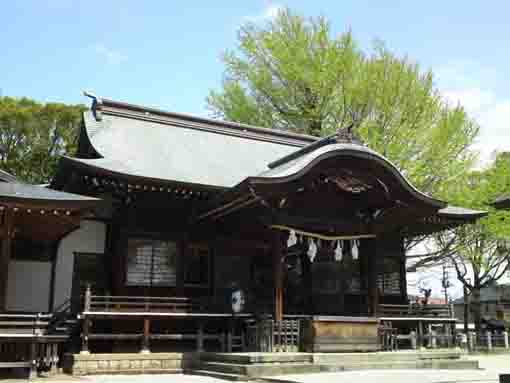
Senbon Icho Tree, the National Natural Treasure in Katsushika Hachimangu Shrine
Katsushika Hachimangu Shiren has some historical sceneries.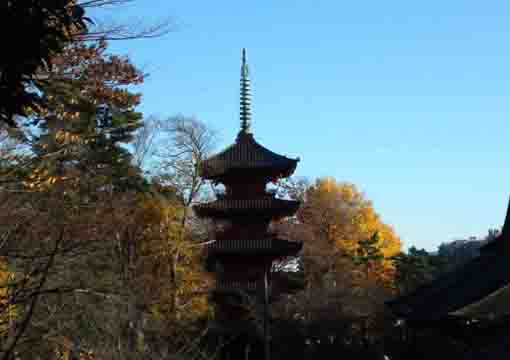
Naki Icho at Hokekyoji Temple
Hokekyoji Temple has four important national properties in it. And many cherry blossoms bloom in spring.The Landmarks Neighbor Of Shinmei Jinja and Shinmeiji Temple
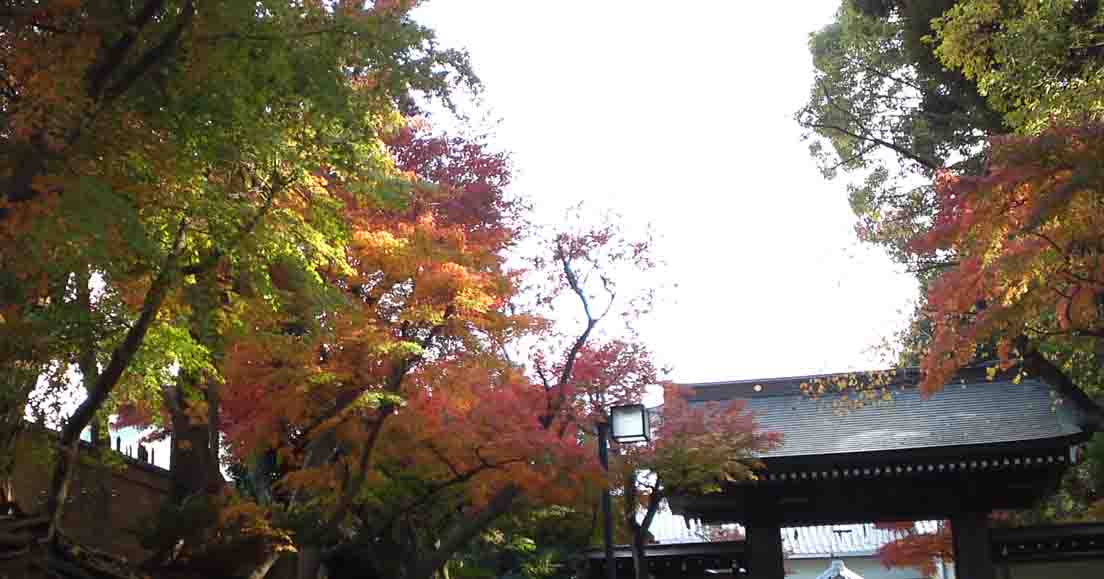
Tacchue Temples and the Branch Temples in Nakayama Hokekyoji
Some of the tacchu temples are introduced in this page.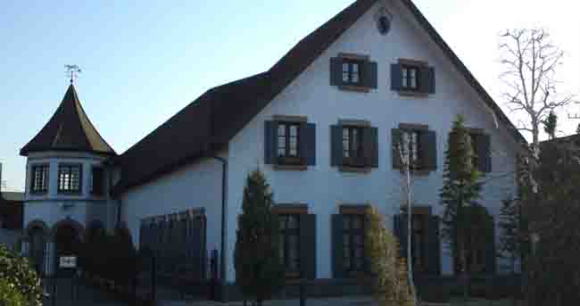
Higashiyama Kaii Memorial Hall
This small gallary has wonderful works of the great painter Kaii Higashiyama lived in Nakayama.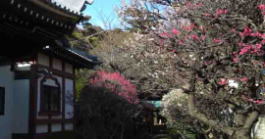
Nakayama Oku-no-in
Nichiren had preached first time at the Oku-no-in. Later, Jonin Toki built a temple named 'Hokke-ji'. There are several ume trees blooming beautiful ume blossoms in spring silently.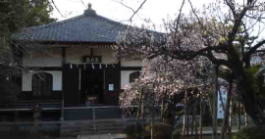
Onju-in Temple
Onjuin Temple is famous for the temple to deliver the Nichiren Sect's traditional style of ascetic practices. Tokugawa, Maeda and many people faithfully has believed for ages.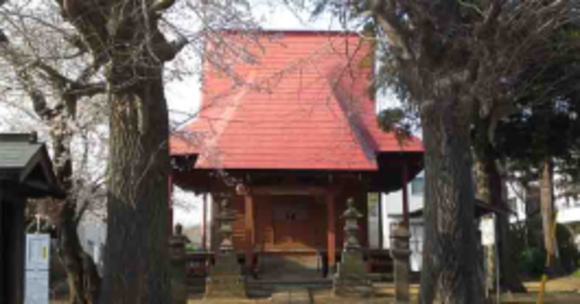
Fujiwara Kannondo Hall
Fujiwara Kannondo Hall has the legend of the great swordsman Mushashi Miyamoto, sometimes it was his hideaway.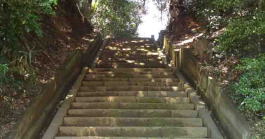
Shogyoji Temple
It preserves the seated statue of Nichiren and Yosobei Kajikawa's mementoes. It also has the side story of The Forty-Seven Ronins.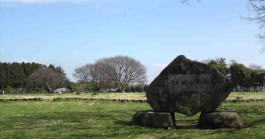
Ubayama Shell Mound
This shell mound designated as the National Historic Site and was formed from middle to late Jomon period.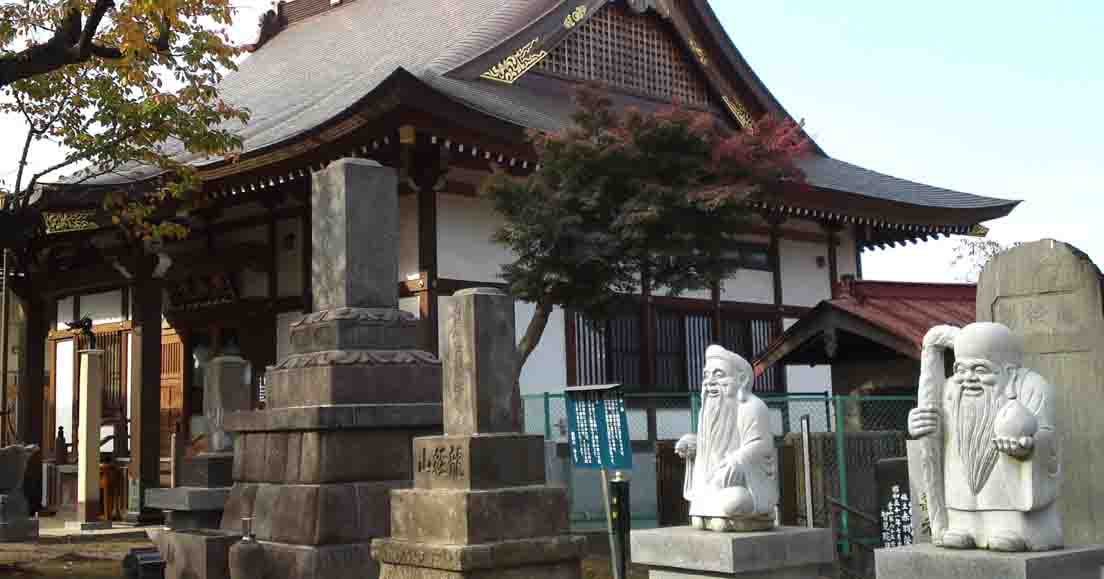
Ryukyosan Myoshoji Temple
The sacred temple covered with holy cherry trees is famous for the legend of Seven Sutra Mound and Shichifukujin in Ichikawa.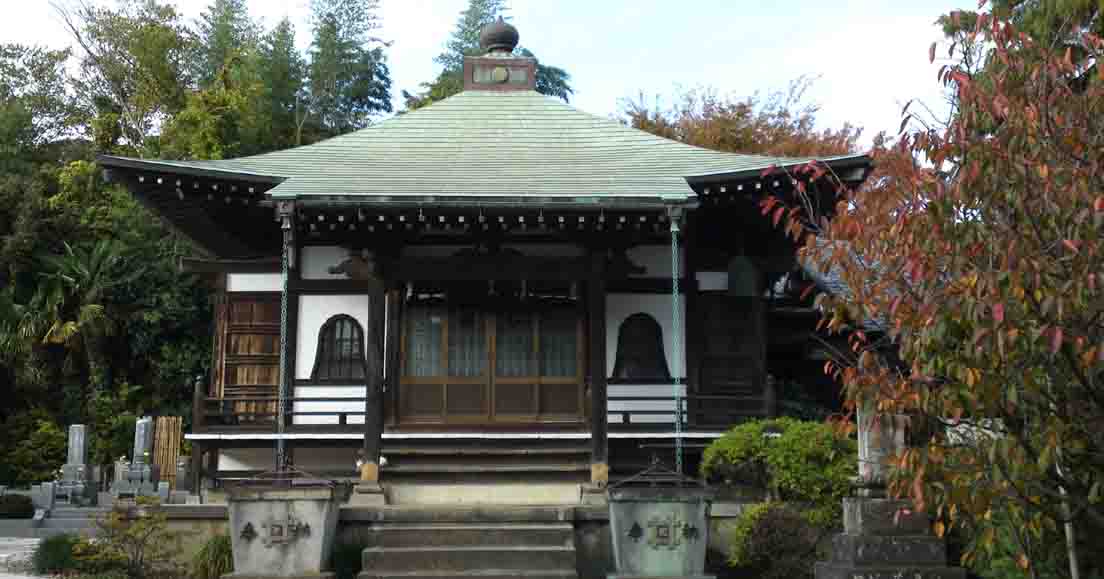
Homensan Anrakuji Temple
The first nunnery of Nichiren Sect built by the Princess Tokiwai, the legend said ther daughter of the Emperor drifted to Ichikawa.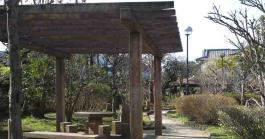
Seikaen Garden
A peaceful place to rest on the way to Nakayama Hokekyoji Temple is Seikaen. It has the branch office of the city hall.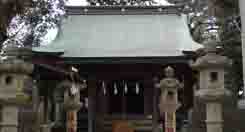
Awa Jinja Shrine
It has the legend of the young samurai Hirotsugu Satomi.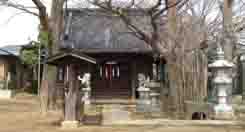
Takaishigami Jinja Shrine
The shrine related to the battles of Konodai in Sengoku Period.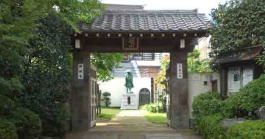
Shinmeisha Shrine and Shinmeiji Temple
They have their long history and the legend of Oguri Hangan.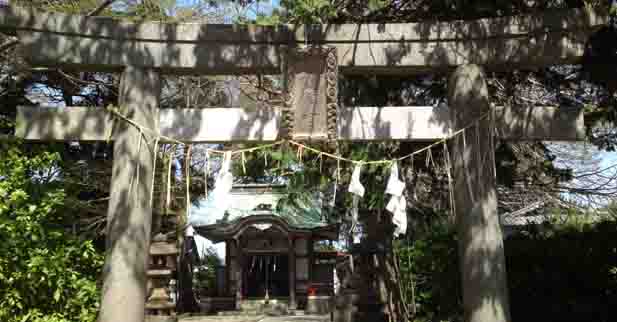
Wakamiya Hachimangu Shrine
A small shrine relates to the Founder Nichiren, Nichijo and the Prince Yamato Takeru.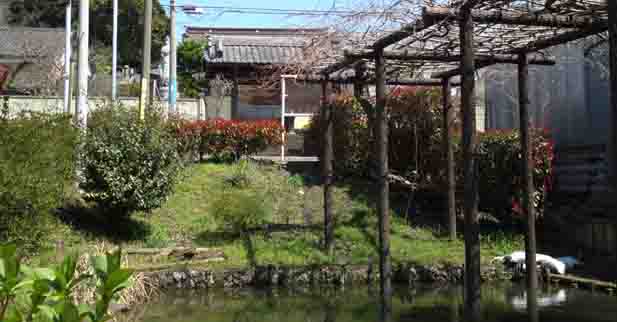
Tamonin Temple and the Futago Fuji Pond
They are related to the Founder Nichiren.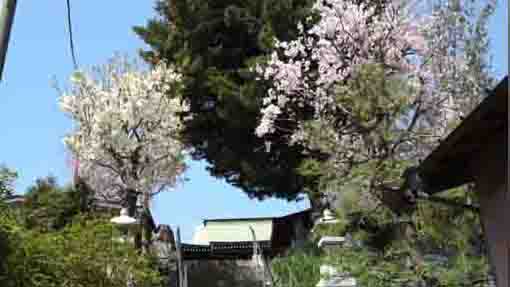
Myoken Jinja Shrine in Terauchi
This shrine is the guardian deity of this town and Kafu Nagai, a famous writer, had visited.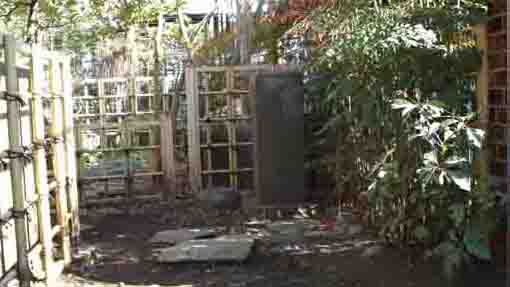
Kazura no I well in Katsushika
A well became famous as Kafu Nagai introduced in his essay.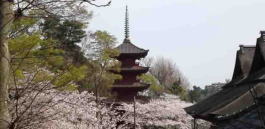
Nakayama Hokekyoji Temple
Visitors could enjoy seeing cherry blossoms and cultural properties.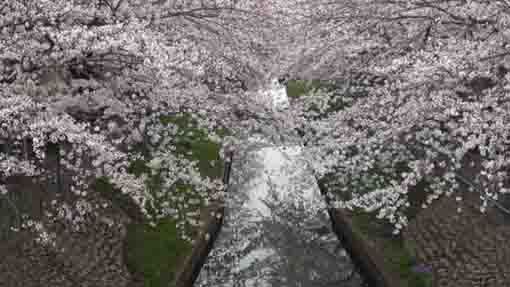
Cherry trees along Mamagawa River
The Mama-gawa River is the very famous spot to enjoy seeing the blooming Cherry Blossoms.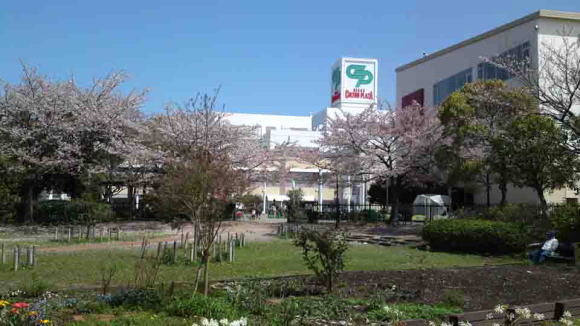
The Area Around Nikke Colton Plaza
Nikke Colton Plaza and some landmarks around are attractive and exciting to walk on.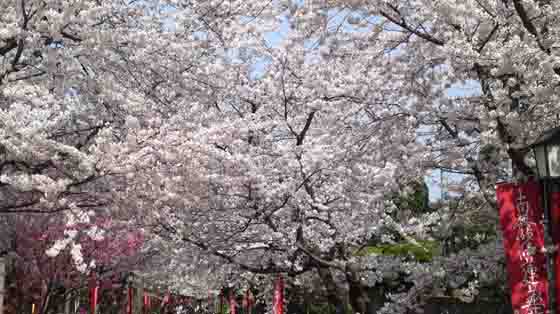
The Popular Viewing Sakura Spot / Nakayama Hokekyoji Temple
It is very popular viewing sakura spot and thousands of people visit and enjoy seeing sakura.- 広告 Advertisement -
